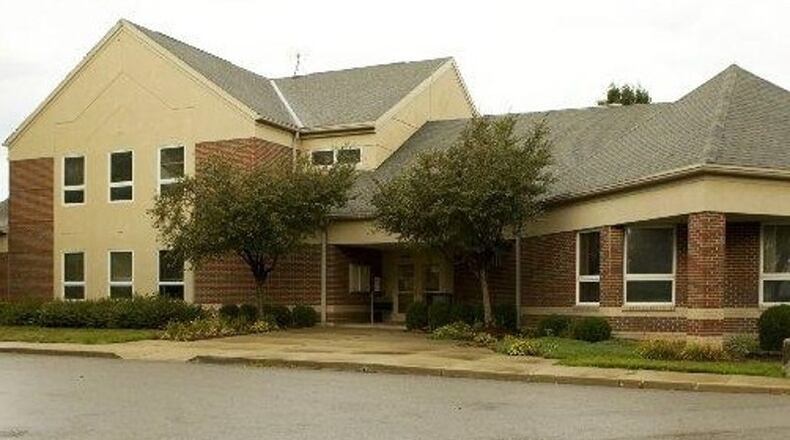City council will hold a public hearing on the creation of the TIF district on October 22 at 7 p.m., said Huber Heights Assistant City Manager Bryan Chodkowski.
The district is being created in the current Lexington Place subdivision, as well as the planned second phase of the Lexington Place subdivision, plus a third area, one where another subdivision has been proposed to be built.
MORE: Huber Heights touts success of Rose Music Center
For those living in the district, not much would change, said Huber Heights City Manager Rob Schommer.
“The biggest difference for those people that will be living in the TIF district is that their tax money will be used to directly improve the quality of life in Huber,” Schommer said.
Living within the TIF district would not change taxes or services, Chodkowski said.
When creating a TIF district, a municipality must provide a project that the money collected will go towards. Huber Heights’ project will improve the Chambersburg Road corridor, Chodkowski said. Improvements would include widening the roads and creating a mixed-use walking path.
The project is estimated to cost $3.5 million and start to take shape by 2025. The estimated income the city would derive from that TIF district is also around $3.5 million.
MORE: Huber Heights to redo one of its busiest intersections
Residents whose property is partially out of the TIF district can choose whether to stay in, Chodkowski said. Those residents would have to make that decision by October 20.
Schommer said residents of the TIF district will not pay an additional tax. The taxes they would normally pay will just be redirected towards the Chambersburg project. The TIF district will not collect tax money that would go toward schools, Schommer said.
For every dollar collected in taxes in Huber Heights, Chodkowski said, 10 cents goes to the city, 25 cents goes to Montgomery County and 65 cents goes to the school district. The TIF would redirect the city and county’s portion of that to the Chambersburg Road project.
“We’re basically collecting money that would go toward Montgomery County and redirecting it back into the community,” Schommer said. “This is an economic development move. We are using tools like this to not increase the burden to the taxpayer.”
After the public hearing in October, the council will discuss and vote on the TIF district at its November 25 meeting.
TRENDING: Dayton blames neighboring city for loss of $250M investment, 600-700 jobs
About the Author

